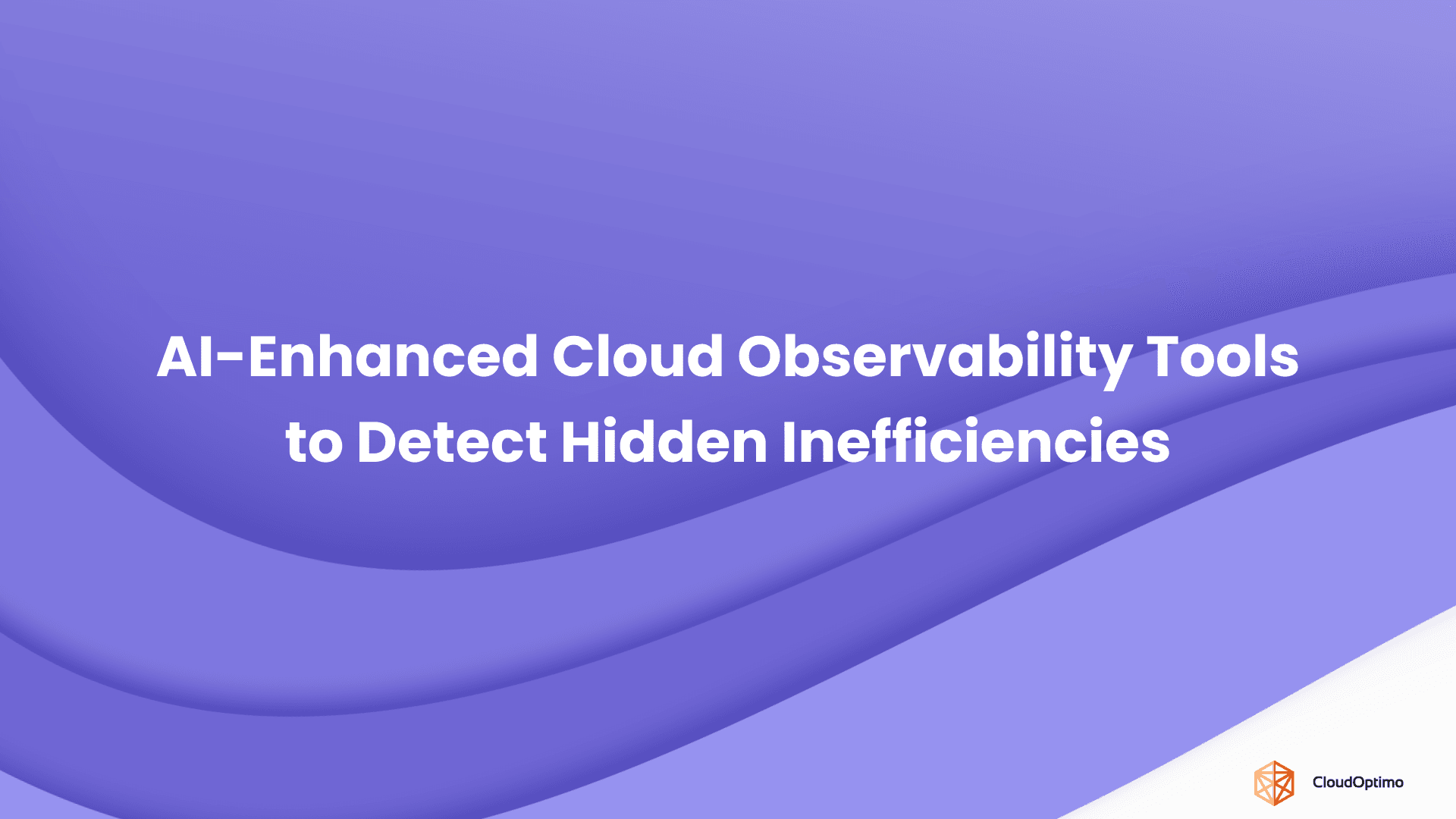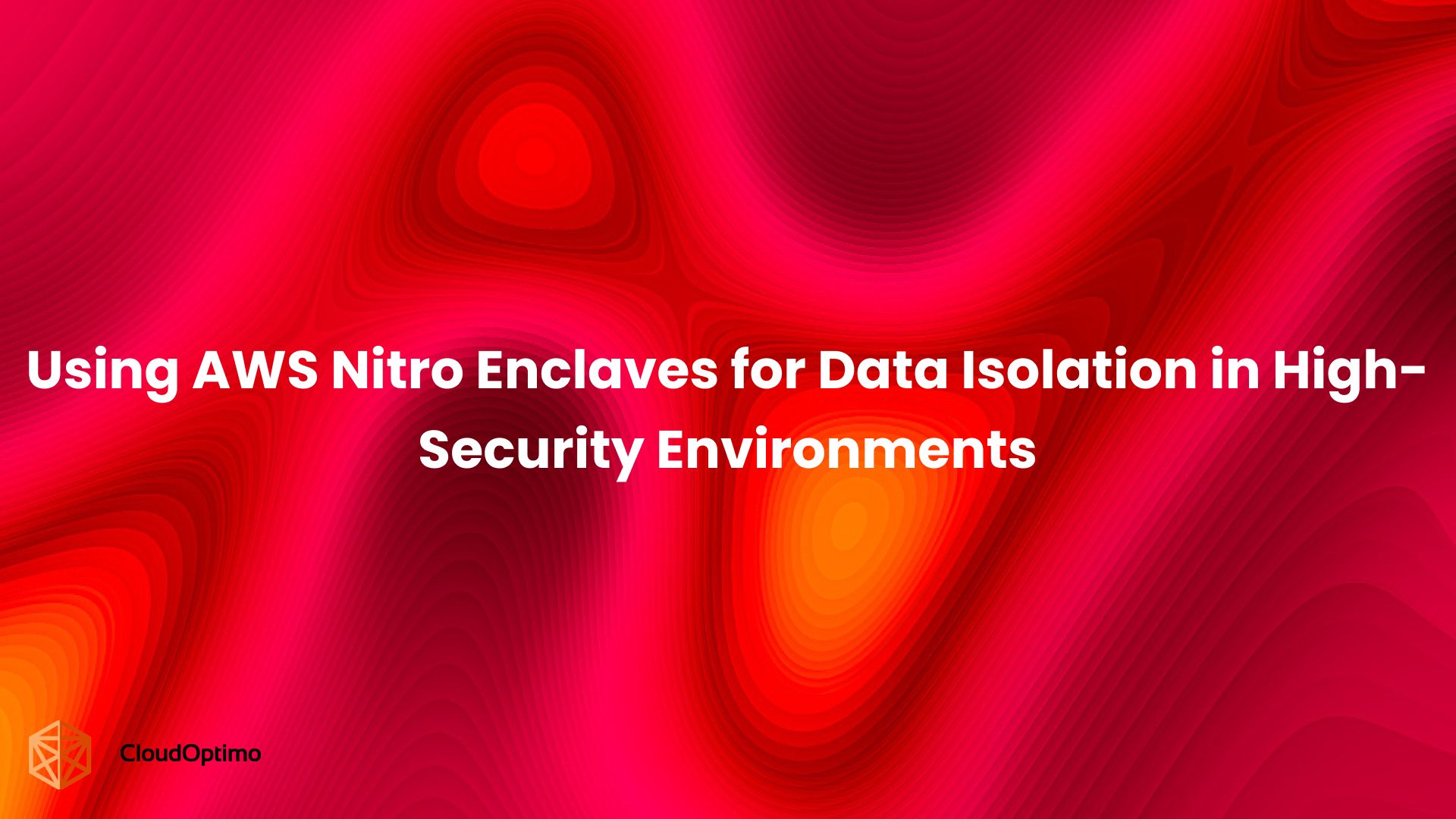Every minute counts in modern software delivery. Organizations now deploy code dozens, sometimes hundreds of times per day, moving faster than ever before. What once took weeks now happens in hours: code deployments, infrastructure changes, and environment updates are all in constant motion.
To meet delivery targets, security validation steps such as code reviews, configuration checks, and compliance tests are often shortened, automated, or skipped entirely for lower-risk changes. In smaller or fast-moving teams, up to 50% of code changes merge without manual review. Larger organizations review most critical updates, but the volume makes full manual coverage impractical.
This continuous delivery model also disrupts visibility. Frequent infrastructure changes make it difficult for security teams to maintain reliable baselines. Without these baselines, monitoring tools often produce false positives or, worse, miss real threats, undermining the effectiveness of detection and response.
It’s not about neglect; it’s about how speed reshapes the integration of security into DevOps pipelines. The faster teams move, the more likely it is that security risks hide in plain sight. The result is a growing gap between how fast software is delivered and how well security risks are tracked.
How Delivery KPIs Increase Security Risk?
Most teams use delivery-focused KPIs (key performance indicators). These include how often code is deployed, how fast features are delivered, and how reliable the system is. These KPIs are useful, but they do not measure security.
Industry surveys suggest that only 15–22% of companies feel confident in their ability to measure and report on security risk exposure. This lack of insight shifts operational focus away from risk management and toward output.
As long as delivery success is measured without including risk exposure, security remains disconnected from delivery decisions. This disconnect allows critical issues to remain hidden until they cause incidents.
The Business Impact
Security problems do not only affect engineers. They can cause serious problems for the entire business. Here are some examples:
Operational Disruption
Security issues can cause system outages, data loss, or service failures. These problems interrupt normal business operations.
Financial Loss
Data breaches can result in regulatory fines, legal costs, and lost revenue. In 2024, the average cost of a data breach was $4.45 million.
Loss of Customer Trust
Customers expect companies to protect their data. A public incident can damage a company’s reputation.
Compliance Violations
Many companies must meet security standards like SOC 2, ISO 27001, or HIPAA. If security gaps are not tracked, audits can fail, and certifications can be lost.
When risks go unnoticed, the cost of fixing them later is much higher.
Shifting Responsibility Across the Pipeline
Rather than defining what gets reviewed and who approves changes, the workflow now distributes responsibility across tools and automation. This creates operational blind spots. What was previously reviewed and signed off by specific owners is now distributed across automated checks, CI/CD policies, and alert systems, often without a clear line of accountability. When responsibility is unclear, unresolved risks accumulate.
With every deployment, changes move through pipelines that generate logs, scan results, and policy alerts. But when no one is accountable for reviewing those signals, risks remain unresolved. As deployments continue, teams accept this status quo: pipelines pass, dashboards show success, and risk goes untracked.
Tools, validations, and metrics are still in place, but they no longer drive action. The following sections show how these changes affect the day-to-day management of security.
Security Work Gets Split Across Tools Without Ownership
When delivery happens multiple times per day, many small changes are pushed through version control, deployment systems, and configuration tools. Teams rely on automation to keep up, but the process spreads security checks across disconnected tools and workflows.
For example:
- A pull request might show a passed code scan in GitHub, but no one reviews the underlying security issue.
- A policy violation appears in a CI/CD report, but the build isn't blocked.
- A misconfiguration alert is sent to a Slack channel, but no one follows up because it's not assigned to a specific team.
Each part of the toolchain gives a signal, but none of them carries responsibility. Platform teams assume developers will act. Developers assume the platform or security team will take care of prioritizing issues. In the end, no one follows through.
The speed of deployment causes these signals to be treated as noise until something fails in production.
Validation Becomes a Background Task
Security validations still run in most pipelines. Static code analysis, infrastructure policy checks, and dependency scans are common in modern workflows. But under delivery pressure, these validations are not treated as points of review. They are seen as steps to complete so that deployment can proceed.
For instance:
- If a scanner flags a vulnerability in a third-party library but doesn't stop the build, teams move forward.
- If an IAM role in Terraform violates policy but is still applied, it remains in production.
- If a Kubernetes misconfiguration is flagged in a report but isn't tracked in Jira or reviewed in the sprint, it stays unresolved.
These checks become background activity. They exist, but they do not influence delivery decisions. App developers prioritize feature delivery speed. SREs focus on maintaining uptime. Security teams may monitor systems, but often lack the context to take action.
Dashboards Show Success Without Security Context
Delivery teams rely on dashboards to monitor their progress. Most product teams review metrics like deployment frequency, feature lead time, and service availability. These are the default indicators of success. But in many organizations, these dashboards do not include security posture.
For example:
- Engineering dashboards show green builds, but do not report open critical vulnerabilities.
- Infrastructure dashboards show uptime and cost, but not exposed cloud assets or misconfigured security groups.
- Deployment reports show how fast code reached production, but not whether any security policies were bypassed.
When security metrics are not visible in the same tools used to track delivery, they are excluded from daily decisions. This makes risk harder to detect and easier to ignore.
These visibility gaps lead to the same security problems happening again and again in different organizations. These issues do not occur because teams lack ability, but because the way software is delivered makes certain risks hard to see.
Security Weaknesses Commonly Introduced During Rapid Delivery
When ownership of security signals is unclear, certain weaknesses appear again and again. These issues are not random; they are systemic outcomes of delivery speed. Across industries, the same patterns surface regardless of team size, technology stack, or tooling maturity.
Excessive Permissions in Cloud Identity Management
Rapid deployment cycles require teams to quickly provision access permissions for new services, environments, or team members. Under time pressure, teams frequently grant broader permissions than necessary or fail to remove access when it is no longer needed.
A recent internal audit from a mid-sized SaaS company found that 38% of active IAM roles hadn't been used in the past 60 days, yet still had elevated permissions across production environments.
Dynamic cloud environments make this harder to manage. Temporary resources, test environments, and new services all need credentials, and the fastest way to keep delivery moving is to grant broad permissions first and “fix them later.” In practice, that follow-up rarely happens due to competing priorities and a lack of visibility into existing permissions.
Service-to-service authentication suffers the same fate. Shared credentials and all-access service accounts are common in high-speed delivery, as they bypass setup delays. These shortcuts persist long after the original need has passed, leaving exposed entry points that are invisible in day-to-day delivery metrics.
The issue is not a lack of tools; most platforms already provide role-based access management, but that access provisioning happens outside security oversight. Over time, this builds unseen exposure into every environment.
Infrastructure Defaults Pushed to Production
Cloud defaults are designed to make deployment fast. But when those defaults are never reviewed, they introduce long-term risks. When teams deploy infrastructure quickly, they accept default settings without reviewing security implications. These defaults frequently include permissive network access rules, unencrypted data storage, or disabled logging features.
Observed patterns:
- Public S3 buckets created using CLI tools without modified permissions.
- Databases were deployed without encryption or audit logging due to template reuse.
- Kubernetes clusters are created with unrestricted service-to-service traffic.
The problem compounds when infrastructure-as-code templates use insecure defaults. Teams copy and modify existing templates without reviewing security configurations, spreading insecure patterns across multiple deployments. A single default left unchanged in a Terraform module can be pushed to dozens of environments.
Because these decisions often happen early, they’re missed in ongoing reviews. And since IaC pull requests often focus on functionality, not security, baseline risks go unchallenged.
Incomplete Validation of Third-Party Services and Dependencies
Modern applications rely heavily on third-party services and software dependencies. External APIs, cloud services, and open-source libraries are often used without a comprehensive security review.
What gets missed:
- SDKs and APIs are introduced into core services without evaluating their auth and data handling.
- CI pipelines that inject secrets into third-party tools with minimal visibility.
- Dependency upgrades are approved automatically, even when new CVEs are publicly listed.
Teams frequently update dependencies to access new features or resolve compatibility issues without assessing the security implications of the changes. Automated dependency updates can introduce vulnerabilities without team awareness.
External services are also less likely to receive the same security attention as internally managed systems. This uneven oversight creates blind spots in the attack surface and makes it harder for security teams to maintain consistent baselines.
These recurring security weaknesses often result from how speed-driven teams depend heavily on automated tools to manage risk. While automation is critical to maintaining pace, over-reliance without proper oversight can create new vulnerabilities and blind spots in security coverage.
Risks Introduced by Over-Reliance on Automation
Automation is essential for maintaining security in high-velocity environments, but over-reliance on automated tools without proper oversight creates its own category of security risks.
Automated Checks Do Not Measure Real-World Risk
Most tools verify fixed conditions - encryption enabled, ports closed, policies matching templates. Passing these checks means the configuration matches a rule, but it does not confirm that the setup is safe in its operational environment.
- A storage system may be encrypted but still accessible to overly broad user roles.
- An application may pass a dependency scan yet still rely on vulnerable code due to flawed update policies.
- Infrastructure templates may contain all required fields but carry forward insecure defaults from earlier projects.
Security Findings Arrive Too Late to Influence Design
In most pipelines, automated findings appear after deployment. They are logged in dashboards, but rarely shape architecture or prioritization during planning. In a 2024 industry report, only 21% of engineering leaders said their teams used scan results to guide design decisions. This means most risks are documented but not acted upon until they block delivery or cause incidents.
All Findings Are Treated with Equal Priority
Unless specifically configured, automation assigns the same weight to every finding. A minor configuration issue in a testing environment may appear alongside a critical production IAM misconfiguration. Without human review, high-risk items are buried in low-priority noise, and resources are spent on visible but less important issues.
Automation Can Delay Detection of Security Issues
When automation is the only line of defense, security problems may not surface until after they are deployed. Over time, clean dashboards and passing scans are interpreted as signs of maturity, even when significant vulnerabilities remain unaddressed.
The result is a delivery process where speed is measured precisely, but actual safety is not. This gap is shaped in part by the way delivery success is tracked, which leads directly into the role of delivery KPIs in security trade-offs.
Three Patterns That Reveal Hidden Risks
These typical patterns identified by incident analysis will help you better understand how speed-focused delivery can unknowingly increase security issues.
Pattern 1: Configuration Decisions Made Under Time Pressure
A financial services company deployed microservices with database defaults during urgent customer fixes. The deployment team had minutes to resolve a customer-impacting bug. Database security configuration wasn't visible in their deployment process.
Result: customer records exposed for days before discovery.
Teams under time pressure accept defaults without security review because configuration validation operates separately from deployment timelines.
Pattern 2: Security Updates Lag Behind Infrastructure Changes
A healthcare technology company's automated deployment scripts created cloud storage with public permissions. Their infrastructure templates hadn't been updated to reflect current security requirements. Template updates happened quarterly while deployments happened daily.
Infrastructure automation moves faster than security policy updates, creating gaps where insecure defaults persist across multiple deployments.
Pattern 3: Permission Expansion During Integration Testing
An e-commerce platform broadened API access during testing and forgot to restrict it before production. The development team intended to narrow permissions post-deployment, but had no visibility into current production access levels. Customer data remained accessible via overly broad API permissions for weeks.
Temporary security changes made during development become permanent when teams lack visibility into current production configurations.
The Timing Problem With Security Feedback
Security validation exists but operates on different timelines than deployment decisions. This creates a critical gap where risks accumulate without visibility.
- Security Scan Results: Available hours or days after deployment
- Deployment Decisions: Made in real-time during development
- Policy Violation Reports: Generated weekly or monthly
- Infrastructure Changes: Applied immediately via automation
- Configuration Reviews: Scheduled periodically
- Configuration Changes: Deployed continuously
Security-relevant information reaches development teams well after deployment decisions are finalized. Teams make deployment decisions without the current security context. They learn about the security implications of their changes after those changes are running in production.
Moving Toward Balanced Metrics and Clear Incentives
To break this cycle, organizations need KPIs that reflect both speed and security. This means tracking not only how often code is deployed, but also how many security issues are caught and resolved before they reach production.
Leaders can help by setting clear priorities that recognize risk management as a key factor in success. When teams are encouraged and rewarded for preventing vulnerabilities, not just shipping features quickly, they can build delivery processes that are both fast and secure.
This shift reduces costly incidents and rework, creating a healthier workflow where security is an integral part of the delivery process, not an afterthought.
Closing Perspective: The Role of Leadership in Balancing Speed and Security
Closing the gap between delivery and security is a leadership choice. The organizations that act now will reduce incidents, protect trust, and move faster with confidence. The longer the delay, the more these gaps grow, until they cost more than speed ever delivered.





